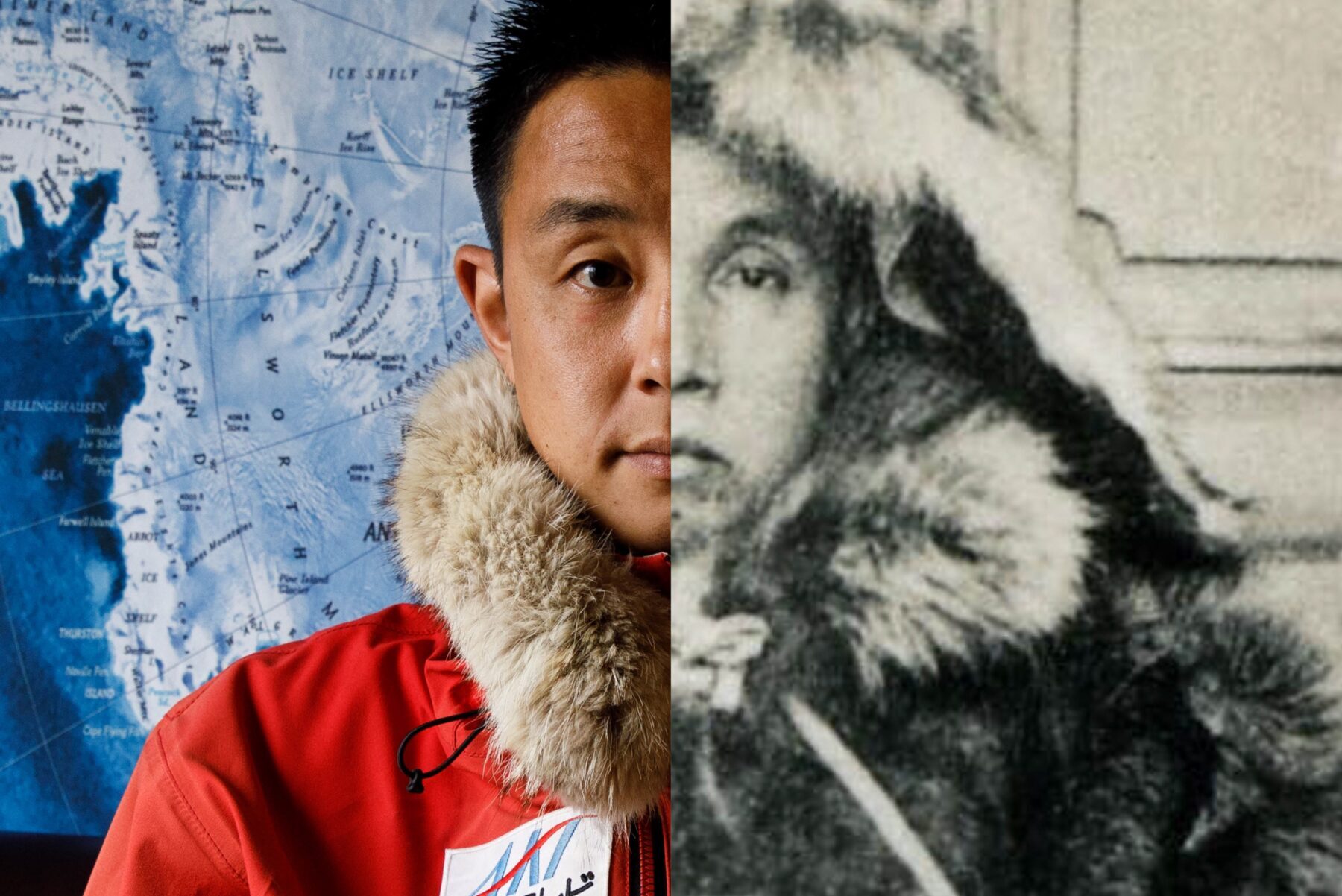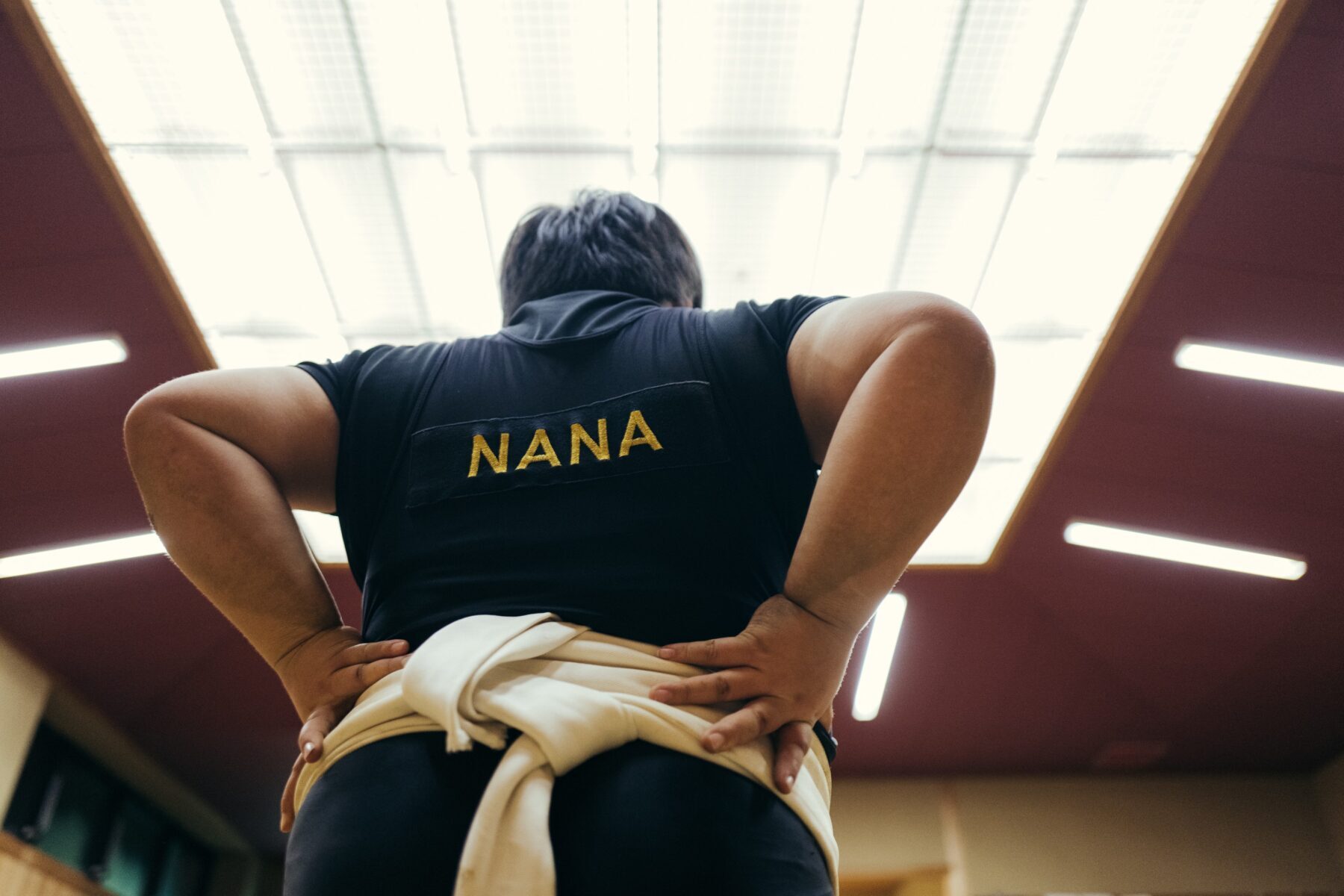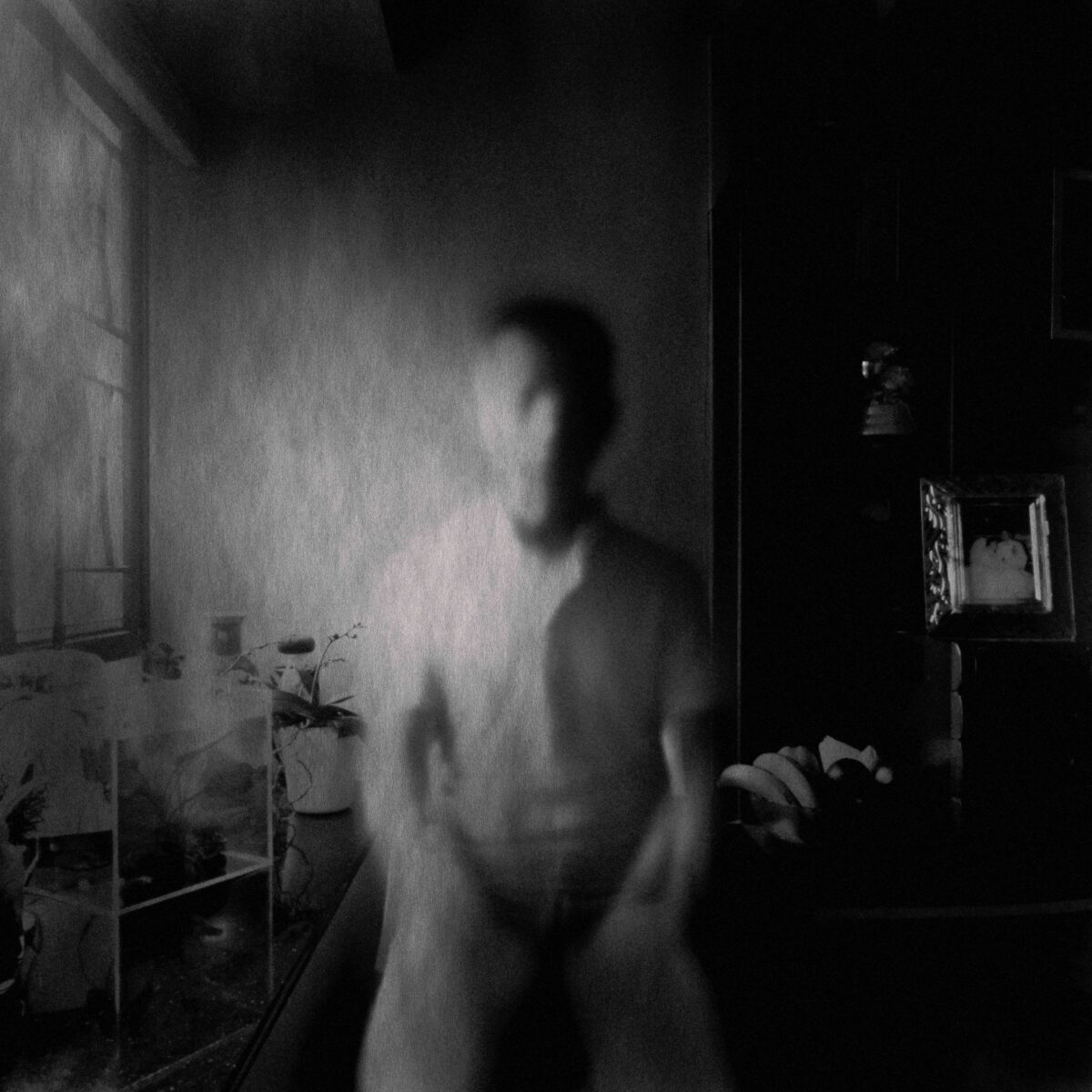A04

レオナール・ブルゴワ・ボリュー
Léonard Bourgois-Beaulieu
Les corps lucides (the lucid bodies)
My research revolves around the passage of time and the embodiment of social and ecological concerns.
I use experimental photography as a conduit for both human portrayal and the participation of nature.
For the past decade, I have photographed people whose identities are constantly evolving. In order to accompany these changes and give them a tangible materiality, I have developed several photographic processes : once my analog photographs are taken, I paint over them with certain products of my own design that release the emulsion from its fixed, immutable state. These products break down the photographic object to reveal another form that had been imprisoned in the original “negative.”
The unexpected is involved in the final outcome: a pictorialist form that continues to vary over time, like a memory we no longer correctly remember the details of.
Where photography records, I advocate change through perpetual movement.
The negative is scanned at some point to halt its evolution and leave a trace before total abstraction.
For my latest series, the lucid bodies (2022), I photographed people whose identities are challenged and made invisible by society. It required the discovery of an optical solarization technique to make light seem to emanate from them.
I have been experimenting with growing living microorganisms on the sensitive surface of negatives to form a second skin that frees the photo from its temporal confinement—forms of life actively participating in the photographic process to initiate a democratic and non-dominating relationship with nature. The photograph becomes a body, not a testimony. It comes to life.
Léonard Bourgois Beaulieu is an artist based in Paris and Cerisiers. He is interested in various identities. People, their faces, their bodies, time, memories, and painting are his fields of experimentation. His use of chemicals and custom-made optical processes allows him to produce pictorial artworks that have strong materiality. By bringing about small accidents and upheavals, he seeks to make noticeable a reality of perpetual movement, thereby highlighting the ever evolving personalities of the people he depicts in his work.
Horikawa Oike Gallery






